The fisheries sector is characterised by small to medium sized fishing vessels, that do not have an active cooling system onboard. As fish is a highly perishable product, the fishing vessels receive ice from onshore to preserve quality and freshness of the catch while being at sea.
It’s a fine balance between having too little or too much ice onboard. Too little will lead to some of the catch perishing, whereas too much ice will lead to increased fuel consumption due to the extra weight.
This problem can be solved by an onboard refrigeration system developed within the INDEE+ project. With this system, ice can be produced on demand, preserving the quality of the catch while total GHG emissions are reduced. The refrigeration system utilizes propane as a working fluid, which is a natural refrigerant. This is highly important, since recent findings regarding the dangerous decomposition products of HFO synthetic refrigerants make natural refrigerants the only viable and future proof choice. The unit is directly coupled with the boat engine, allowing for easy installation without additional equipment.
Fish, that is not sold fresh, is frozen onshore. The fish processing facilities require large cooling systems capable of handling the peak cooling demands when the fish is brought ashore. Due to the beforementioned environmental impact, synthetic refrigerants are not a viable option for the future. The combination of ammonia with carbon dioxide in a cascade configuration allows efficient cooling at temperatures down to -40°C. This allows quick freezing times can be achieved, benefiting both product quality and economy. Within the INDEE+ project, two ammonia-carbon dioxide cascade systems are implemented at two fish processing sites, and their performance in the Indian climate will be measured and disseminated. Thereby, a sustainable and clean cold chain is established and the shift to clean cooling solutions in the seafood industry is accelerated.
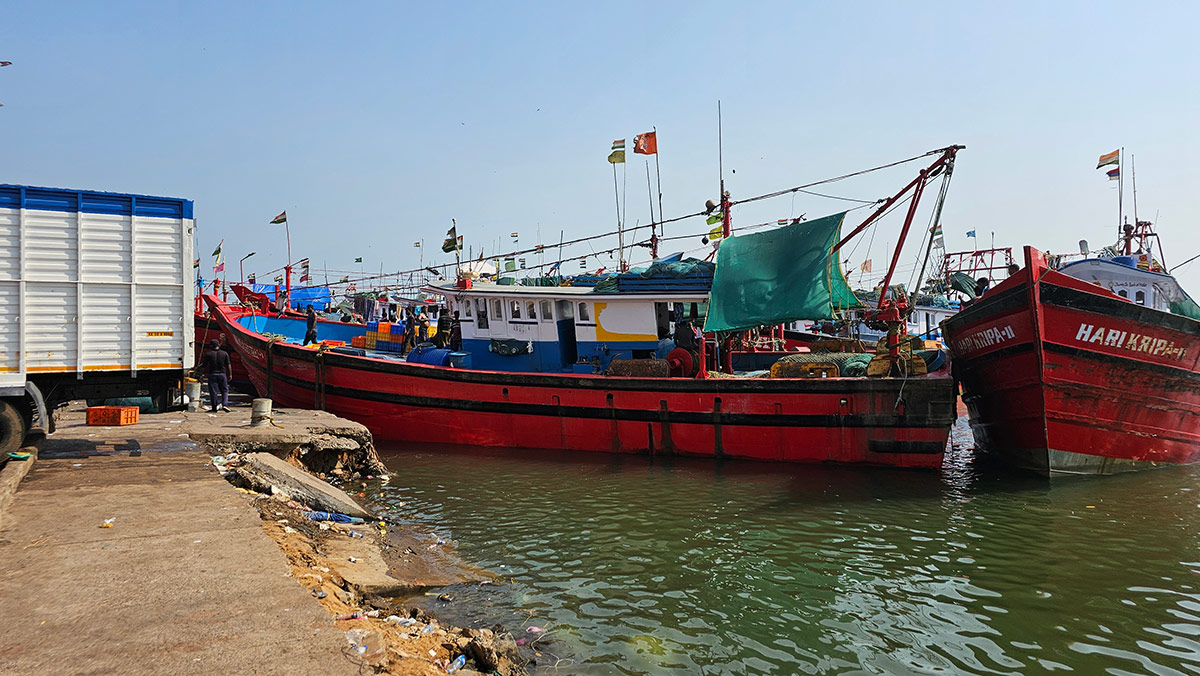



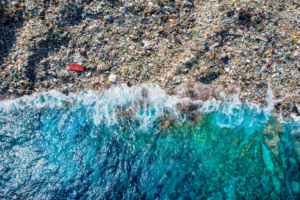



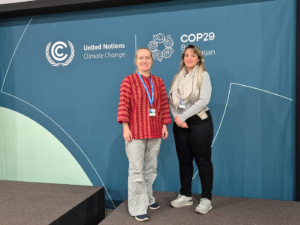
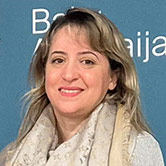

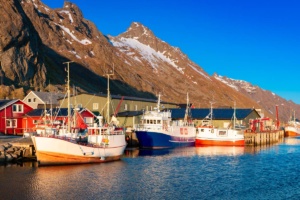

Comments
No comments yet. Be the first to comment!